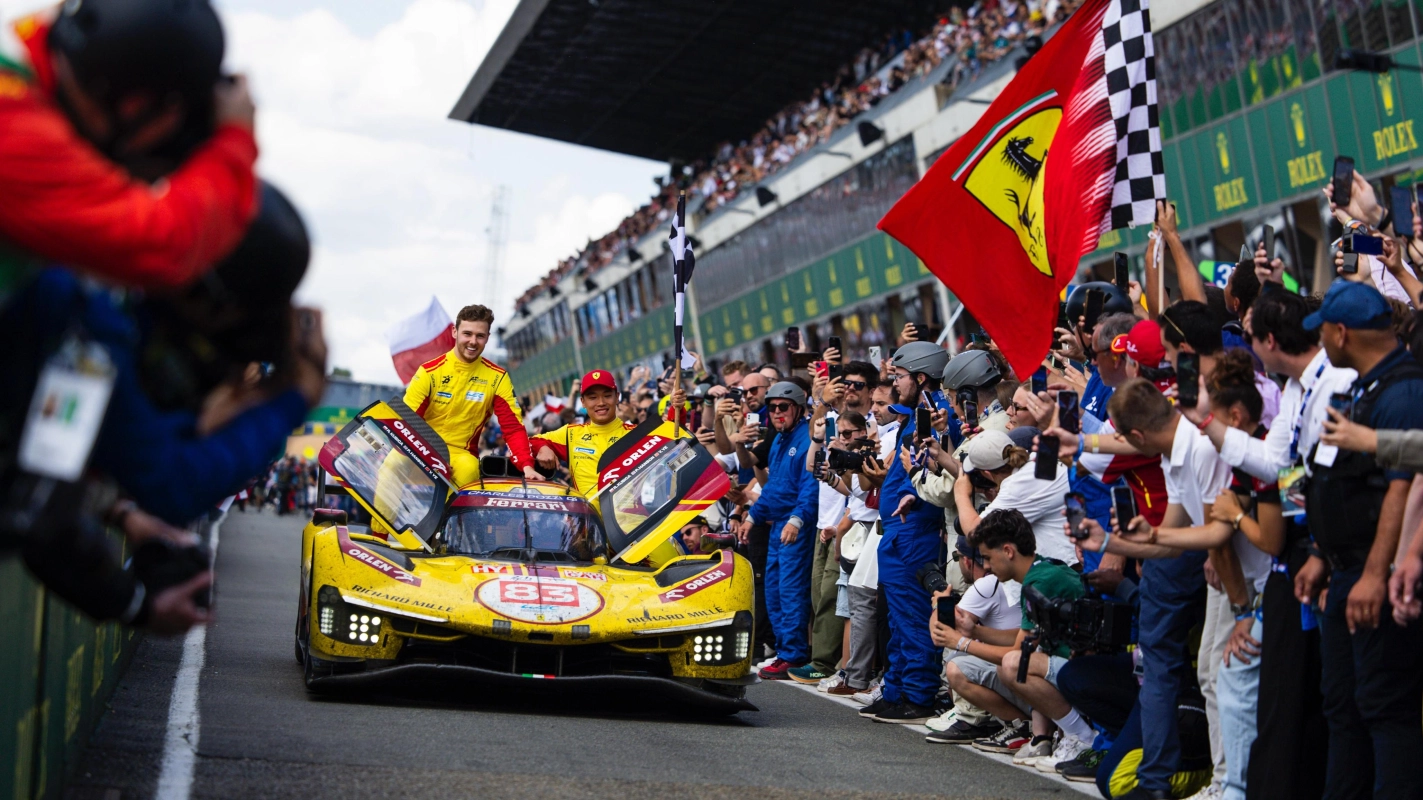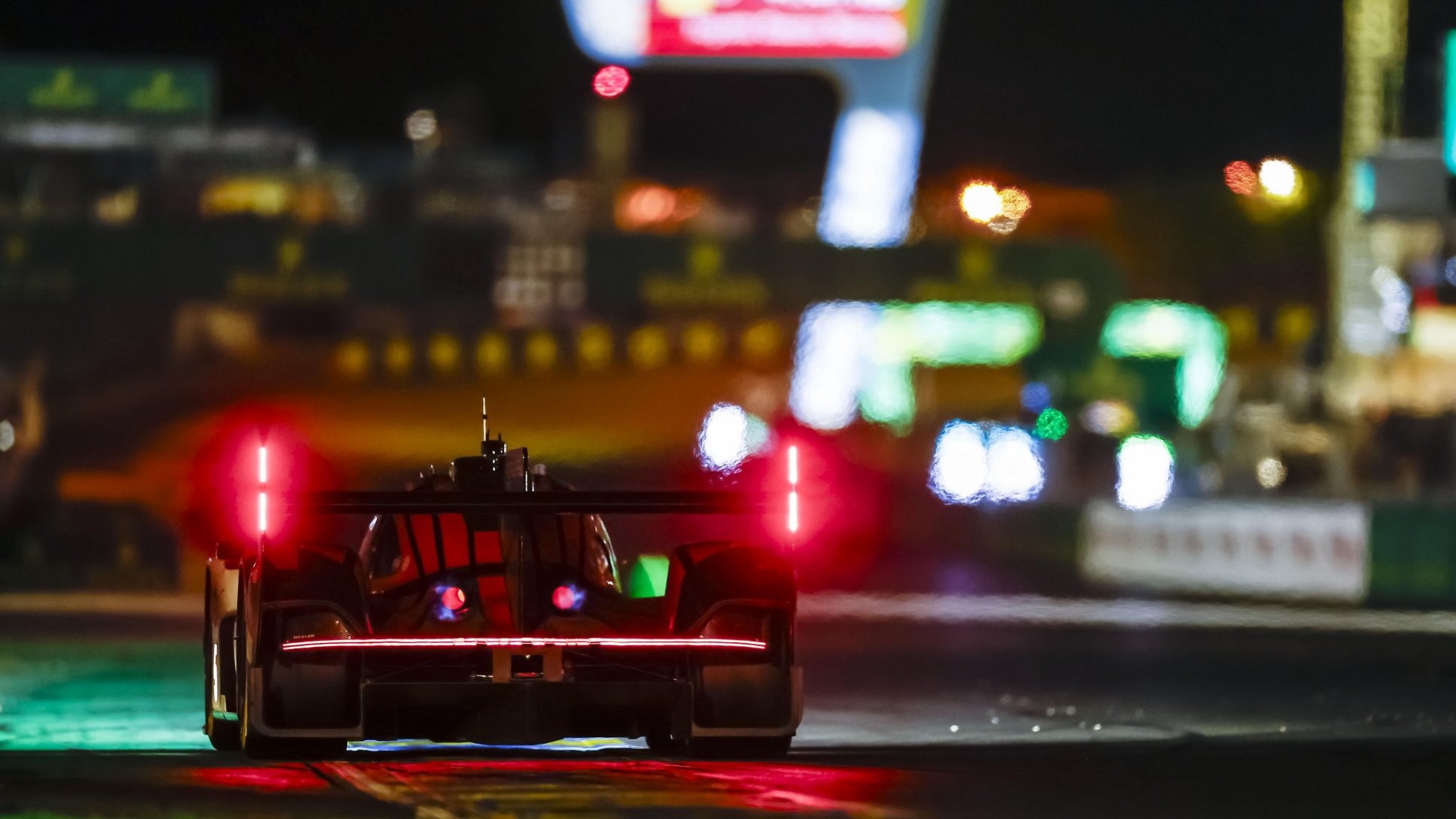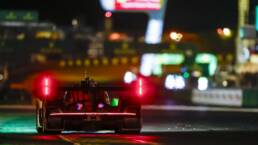Porsche will once again withdraw from the FIA World Endurance Championship at the end of the 2025 season. From 2026 onward, Porsche WEC presence will be limited to customer operations through Proton Competition.
Is the WEC in danger? Not immediately. With Genesis joining next year, the Hypercar grid will still feature eight manufacturers. But the works Porsche 963 departure raises a warning light, the second in a few months after Lamborghini’s program shutdown for different reasons. Let’s explore why this matters. Text: Luca W. © Image: Porsche ©
A shockwave in endurance racing
Few names are as deeply rooted in endurance racing as Porsche. The German manufacturer is synonymous with Le Mans success, holding the record for the most overall victories at the Circuit de la Sarthe. Its withdrawal from WEC, though not from IMSA GTP, feels like a small earthquake in the motorsport world.
Ferrari, Toyota, Aston Martin, and others remain committed, ensuring that the Hypercar category rests both competitive and prestigious. Yet Porsche’s exit inevitably raises questions among fans and insiders alike: is WEC still worth the investment for manufacturers?
From a sporting standpoint, the series remains strong. The grandstands are full, the racing close, and the diversity of brands unmatched since the 1980s. But beneath the surface, financial and technical pressures are beginning to test the system’s resilience.
Economics, always
The broader automotive market is under strain. Forced EV adoption in Europe, trade tariffs in the U.S., slowing sales in China, inflation, and geopolitical uncertainty have all created a tense financial environment.
In this climate, every carmaker is reviewing its spending. Motorsport, once justified as a vital test bed for innovation, is increasingly treated as a discretionary cost. And endurance racing, with its long-term R&D focus and limited marketing return compared to Formula 1, can appear expendable.
Today’s cars are more complex, connected, and software-driven than ever before. Developing them requires massive resources in electronics, control systems, and sustainable technologies. Porsche, like its rivals, must decide where those resources go.
Michael Steiner, Porsche’s board member for R&D, summed it up:
“We very much regret that, due to the current circumstances, we will not be continuing our involvement in the WEC after this season.”
In short, WEC became a victim of broader industrial headwinds, and of its decreasing technical alignment with road car development in the age of electrification, a technology that customers are still reluctant to buy.
Beyond the budget sheet
Cost, however, isn’t the only factor. Thomas Laudenbach, Vice President of Porsche Motorsport, hinted at another layer:
“I think there are things we can improve in the series […] we have seen a lot of results that are questionable.”
He did not name it directly, but the implication is clear. The Balance of Performance (BoP), the system designed to equalize LMH and LMDh cars, remains a point of tension. Despite multiple revisions, the 4th 2025 iteration still produces uneven outcomes.
As an example, early in the season, Ferrari was nearly untouchable. Even after a flawless race from the #6 Porsche 963, it was AF Corse, the only Ferrari customer team, that triumphed at Le Mans. A few races later, Ferrari struggled to reach the podium.

Such fluctuations make it hard for manufacturers to plan long term. Engineers can accept fair competition, but not unpredictability that feels detached from performance. For marketers, it blurs the message, success becomes difficult to celebrate when parity rules dominate headlines.
That said, it’s not a crisis yet. The BoP is a necessary tool in this multi-platform era, balancing very different design philosophies. But its credibility must be maintained. If teams start believing outcomes are dictated more by adjustments than by innovation, trust erodes quietly, then quickly.
A warning for WEC
This moment should serve as a signal, not an alarm. The FIA and ACO have achieved something remarkable, a golden era of endurance racing, where legendary brands compete head-to-head with balanced chances to win. But that balance is fragile.
Manufacturers are pragmatic. If one leaves and others follow, the structure can weaken. Private teams, essential to the WEC’s DNA, could follow the same path.
A mid-term review of the BoP process, ideally before the 2030 LMH/LMDh regulation update, would send a positive message. More transparency, better data sharing, and a clearer connection between performance and adjustment would reassure engineers and fans alike.
Endurance racing has always thrived on diversity, but it also depends on trust, the belief that hard work, not only algorithms, defines success.
A painful goodbye, but not the end
Porsche’s departure hurts. For fans, journalists, and the paddock, the brand represents the essence of endurance racing, precision, persistence, and technical excellence. Its absence will leave a visible gap.
Yet the WEC remains strong. Ferrari, Toyota, Peugeot, BMW, Alpine, Cadillac, Aston Martin, and soon Genesis will continue to fill the grid. The competition will go on, and perhaps this moment will bring reflection and renewal.
Porsche’s exit shouldn’t be dismissed as a simple budget cut. It’s a symptom, a reminder that endurance racing must keep evolving. The show on track is strong, but the structure supporting it needs the same attention.
If the FIA and ACO can address those underlying tensions with openness and fairness, WEC will remain what it has always been: the ultimate test of engineering, endurance, and trust.
Goodbye, Porsche.



